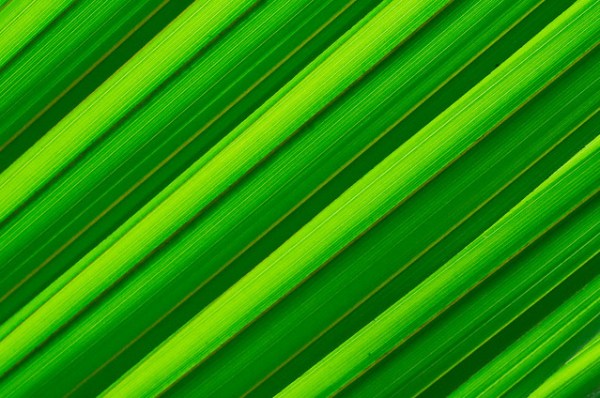Wikipedia describes Abstract Photography as follows: Abstract photography, sometimes called non-objective, experimental, conceptual or concrete photography, is a means of depicting a visual image that does not have an immediate association with the object world and that has been created through the use of photographic equipment, processes or materials. An abstract photograph may isolate a fragment of a natural scene in order to remove its inherent context from the viewer, it may be purposely staged to create a seemingly unreal appearance from real objects, or it may involve the use of color, light, shadow, texture, shape and/or form to convey a feeling, sensation or impression. The image may be produced using traditional photographic equipment like a camera, darkroom or computer, or it may be created without using a camera by directly manipulating film, paper or other photographic media, including digital presentations.
This week we’ll concentrate on obtaining our Abstract Photography subjects in nature. If you watch enough nature based documentaries, you’ll quickly realize that man hasn’t really invented all that much, we often mimic what’s found in nature and then improve upon it…
There are no real clear rules and definitions for abstract photography, but there are some guidelines that will help us maximize our potential as we seek out the perfect abstract from nature.
Like in any image, lines are the core foundation of our photographic imagery. The most obvious would be straight lines as in these vertical lines created by these dense bare trees. Although these are repetitive and vertical, they can be horizontal and even more powerful, diagonal. They can also be curved and they can even intersect each other.
Defined shapes are known to bring out an emotional feeling from your image. Squares, triangles and circles are the most obvious but spirals are also an acceptable shape that brings out a sense of energy from natural life cycle.
Texture is also a great component of abstract photography in nature. The most common source of texture in nature is by far the bark of a tree.
Our shapes can easily turn into patterns revealing some of nature’s most intricate secrets. The core of a flower in a close-up can be magical. We’re also adding amazing and striking colors while creating abstracts from flowers.
Spider webs are also a great example of shapes and lines creating a pattern. There are thousands of varieties of spiders and thus thousands of intricate web designs. Some have subtle differences from one to the other while many others are just a miracle of creation.
Long exposures with the camera remaining still or adding in some camera movement are just a few simple more ways to extract abstract images from nature.
This waterfall is a good example of using a long exposure to create an abstract looking image. The closer you get into the subject, the more abstract the look when using the right composition.
Taking advantage of vertical, horizontal or even a little twist will completely change your scene bringing your abstracts to a new level. Some argue that it’s not a true abstract if you can recognize the subject in abstract photography. This is very common with nature abstracts and with this technique you’re one step closer to making it unrecognizable.
This Cactus abstract gives us lines, shapes and patterns to create a wonderful Nature Abstract Image.
Tips and Tricks
- You don’t have to look too far, most of what you’ll need is probably right at your fingertips or within arms reach. Being a nature theme, we’ll keep man-made objects out of the picture but plants and flowers of horticulture origin are OK. Being Nature, I expect everything to be done outdoors in a nature or an urban nature setting.
- Use a tripod. The closer you get, the narrower your depth of field. A tripod will keep things stable as you photograph with less light due to increased depth of field. Set your aperture to maximize your depth of field and keep your subject in sharp focus throughout the image. Try and photograph dead on to keep most of your subject at an even distance from the lens.
- Play with light and shadows. Don’t be afraid to take advantage of backlighting on subjects such as flowers, leaves or anything with a certain level of translucency. Use a flash, even better off camera flash or lighting to enhance contrasts and add definition to textures.
- Experimenting with different angles, camera tilts and movement will contribute to your image. Thinking out of the box will be your friend.
- Remember to integrate all the great techniques and basic photography skills to create well-balanced image as far as composition and exposure.
Our friendly community guidelines are pretty simple:
- Post one original photograph (Your Image) shot each week per theme posted on this blog to Google+, Facebook, or Flickr (or all three). Tag the photo #photochallenge and #photochallenge2017
- The shot should be a new shot you took for the current weekly theme, not something from your back catalog or someone else’s image.
- Don’t leave home without your camera. Participating in the 2017 PhotoChallenge is fun and easy.











Wow..!! amazing shots! especially those macros… 🙂